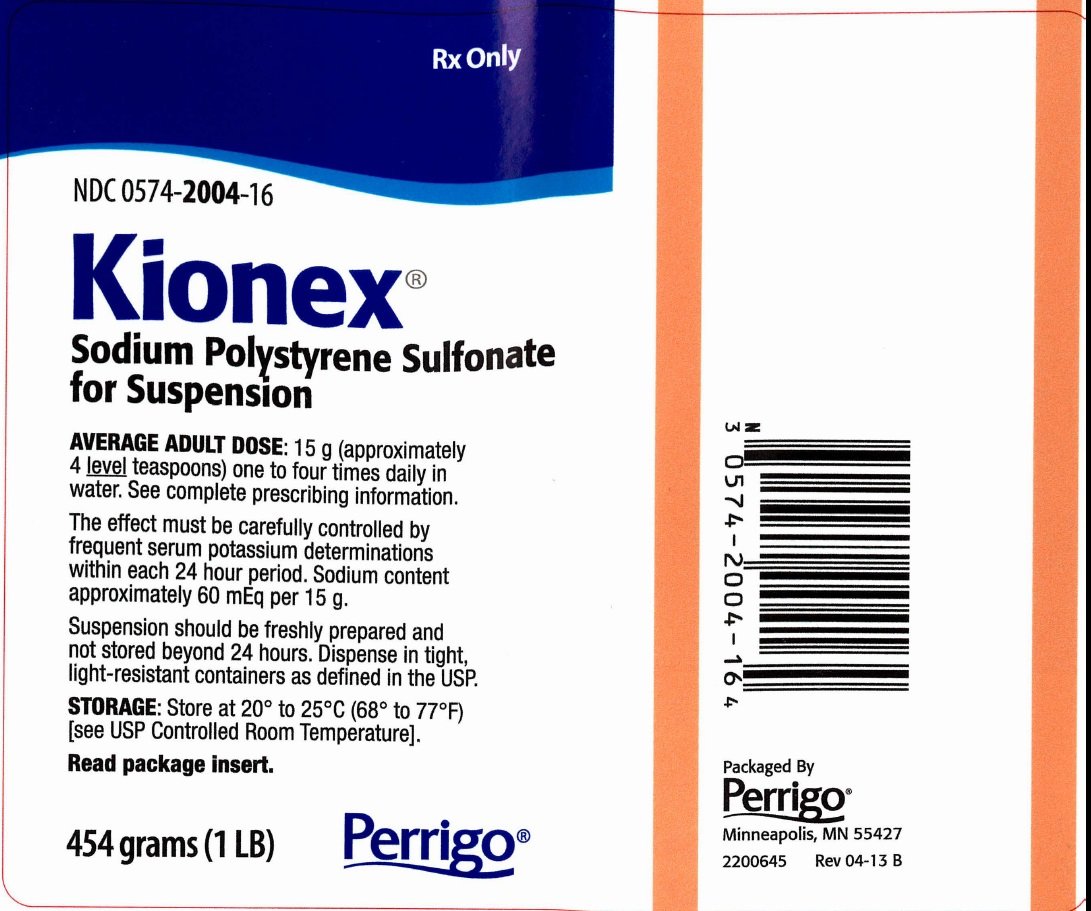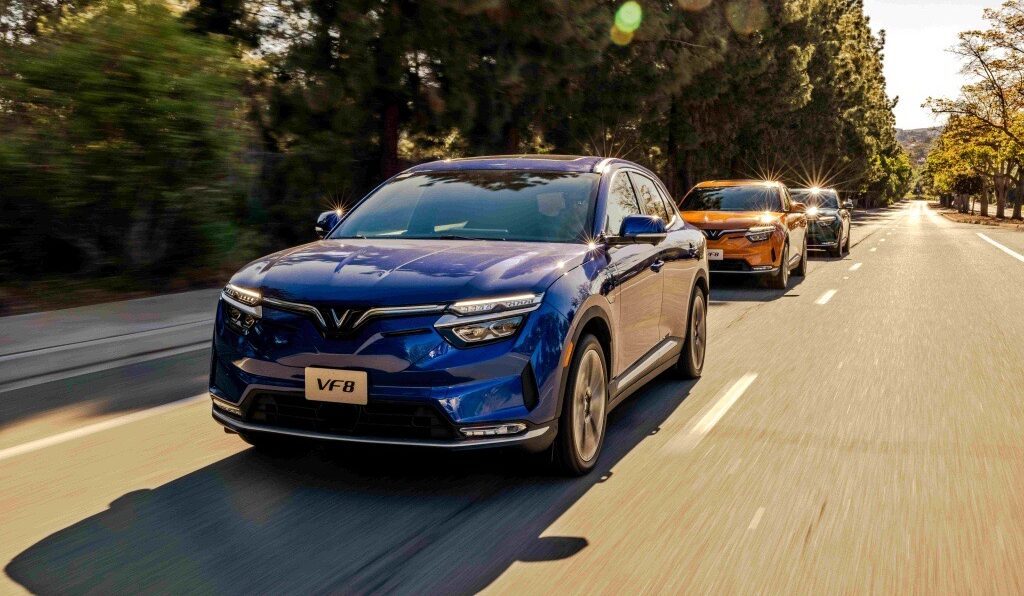President Joe Biden’s hopes of announcing the trade terms of the proposed Indo-Pacific Economic Framework as a counter to China’s influence at the Asia-Pacific Economic Cooperation meeting in San Francisco have been delayed. The agreement, touted as Biden’s first “new model” trade agreement, has faced challenges in negotiations with 13 other Indo-Pacific countries.
Senate Banking Committee Chair Sherrod Brown has been a vocal opponent of any trade agreement that does not include strong provisions protecting labor and the environment. This stance has been consistent throughout his career. Other congressional Democrats have echoed Brown’s opposition, as they have long advocated for enforceable commitments on labor and environmental standards.
The Biden administration has attempted to conceal the fact that the Indo-Pacific Economic Framework is not a traditional trade agreement. While it includes promises to recognize standards and address supply chain issues, it does little to advance trade. The administration had initially promised higher labor and environmental standards as part of the agreement.
However, trade negotiations require reciprocity and concessions from all parties involved. The absence of tariff cuts or increased market access for the other Indo-Pacific countries has hindered progress in improving labor and environmental standards. Without these concessions, the agreement may only include weak provisions that fall short of enforceable commitments.
The fear of political backlash, particularly from former President Trump, has prevented the Biden administration from considering tariff cuts. Trump has already criticized the proposed agreement, regardless of its content. This apprehension has hindered progress and denied American businesses, workers, and consumers the potential benefits of a comprehensive trade agreement.
To strengthen economic ties and counter China’s influence, the United States should consider negotiating a real trade agreement that includes tariff cuts and higher labor and environmental standards. This approach would provide mutual prosperity and reassurance to other Indo-Pacific countries. However, it would require political support and approval from Congress.
In conclusion, President Biden’s Indo-Pacific Economic Framework is facing challenges in trade negotiations due to opposition from congressional Democrats and the absence of reciprocal concessions. The current approach denies potential benefits to American businesses and hinders efforts to counter China’s economic influence in the region. A new approach with comprehensive negotiations may be necessary to achieve a mutually beneficial trade agreement.











